Is nuclear power the key to unlocking the solar system?
The prototype for a rocket engine from the 1970s could change the face of space travel in the future, writes Steven Cutts. But who gets there first will depend on who is prepared to take the biggest risk


There is an idea that has persisted for most of the last 80 years and has the potential to transform interplanetary travel. It was born out of the Second World War and has progressed by fits and starts in every year that followed. It is an idea for a rocket so fast and so powerful that it could open up the entire solar system to human exploration.
In 1948, the technical journal of the British Interplanetary Society carried a proposal for a nuclear powered rocket motor. The first atomic weapons had just exploded on Japan and everything about the atom was in vogue. Although the proposal from 1948 was too technically complex to actually build, it did outline the principles upon which a nuclear rocket could be built. As the 1950s progressed, just about every science fiction writer in the business liked to write about an atomic future whenever they got near a typewriter and it would probably have come as a shock to most scientists to discover that in 2021, nuclear power is not the sole source of energy in the modern world. In the course of time, our enthusiasm for nuclear power became tempered. A variety of technical and political challenges but in the world of rocket propulsion, the dream of atomic power never really went away.
There are basically two schools of thought as to how nuclear power could be harnessed for space travel. One is based on the concept of nuclear electric power, where the energy to power an ion drive is derived from an on board nuclear reactor. The second is nuclear thermal where heat is generated in a fission nuclear reactor and used to energise the fuel.
The central issue with rocket propulsion is thrust. In short, how many kilograms of thrust can you get out of one kilogram of fuel? Obtaining this thrust requires energy and the simplest way to generate energy is to burn some suitably flammable chemical in the presence of oxygen. For example, the engines on Elon Musk’s Starship burn liquid methane in the presence of liquid oxygen. Chemical rockets of this kind have been the backbone of rocket technology for most of the last hundred years.
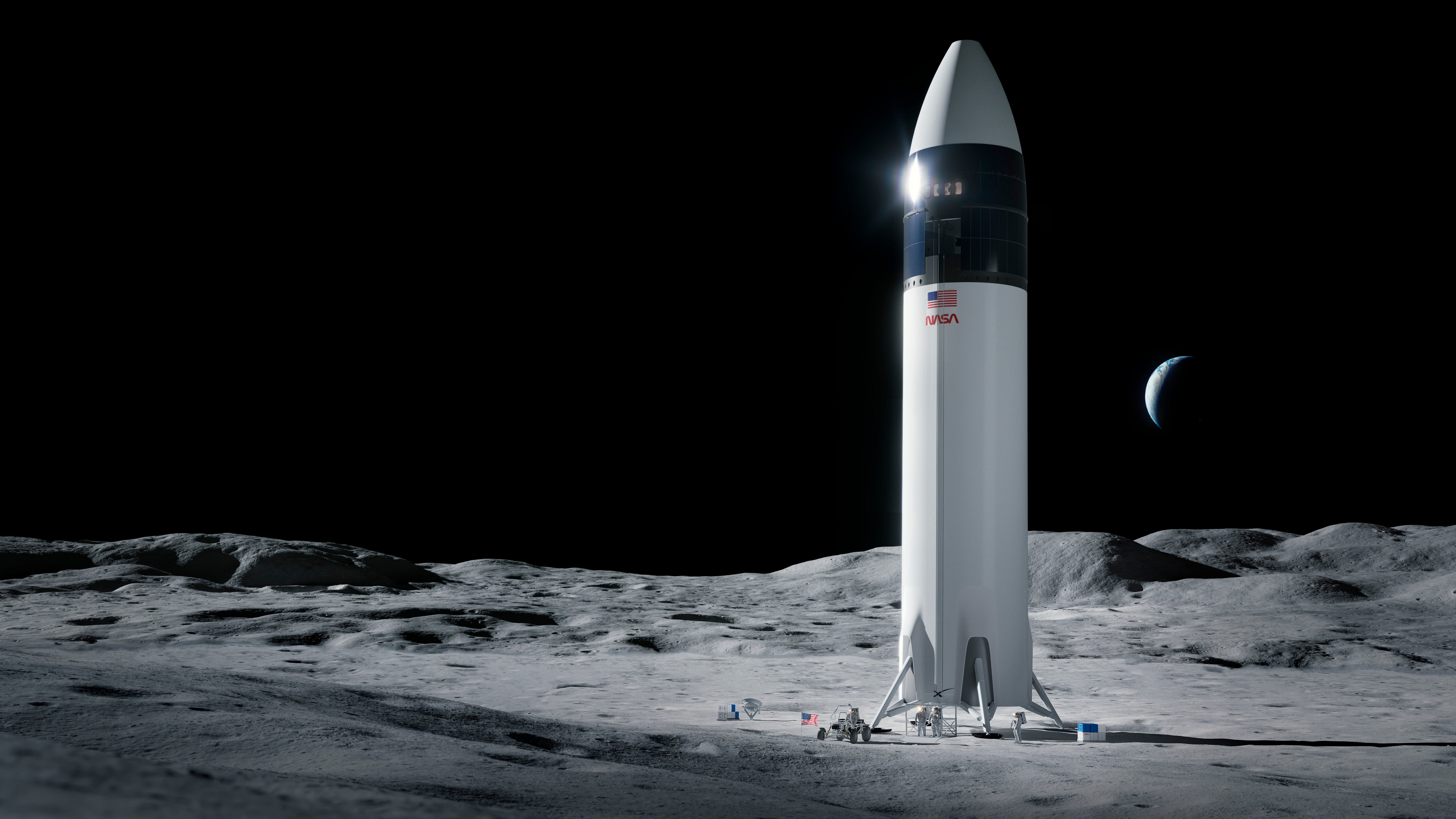
In effect, chemical energy is stored in the liquid propellant and by burning the fuel we release this energy. The amount of energy contained in liquid chemicals is at best modest and this problem has put a ceiling on the performance of all chemical rockets. For example, the best chemical rockets produce a specific impulse of around 420 seconds (the units of specific impulse are seconds).
The specific impulse for a nuclear thermal rocket comes in at around 700 to 800 seconds. While it would be difficult for such an engine to blast off from the surface of this planet, a nuclear thermal engine would work well as an upper stage on a rocket that could send us to Mars or Jupiter.
Nasa has long been aware of the potential of such a device and a number of research projects have been completed in pursuit of a nuclear thermal system. Back in the 1960s, when money for space research was more easily available, the American space agency set up a very far sighted research project like a nuclear rocket.
“Nerva” was just such a project (Nuclear Energy for Rocket Vehicle Applications). It was developed in the 1960s and ’70s. Its purpose was to supply Nasa with a fantastic new rocket engine that might open up the solar system to human exploration and change the face of space travel. A number of prototypes were tested in the American desert and in specially built vacuum chambers. Having exceeded initial expectations, Nerva fell victim to post-Apollo budgetary cuts but both the concept and the blueprints held out on a shelf somewhere and now, in the early 2020s, nuclear powered rockets look set to make it big.
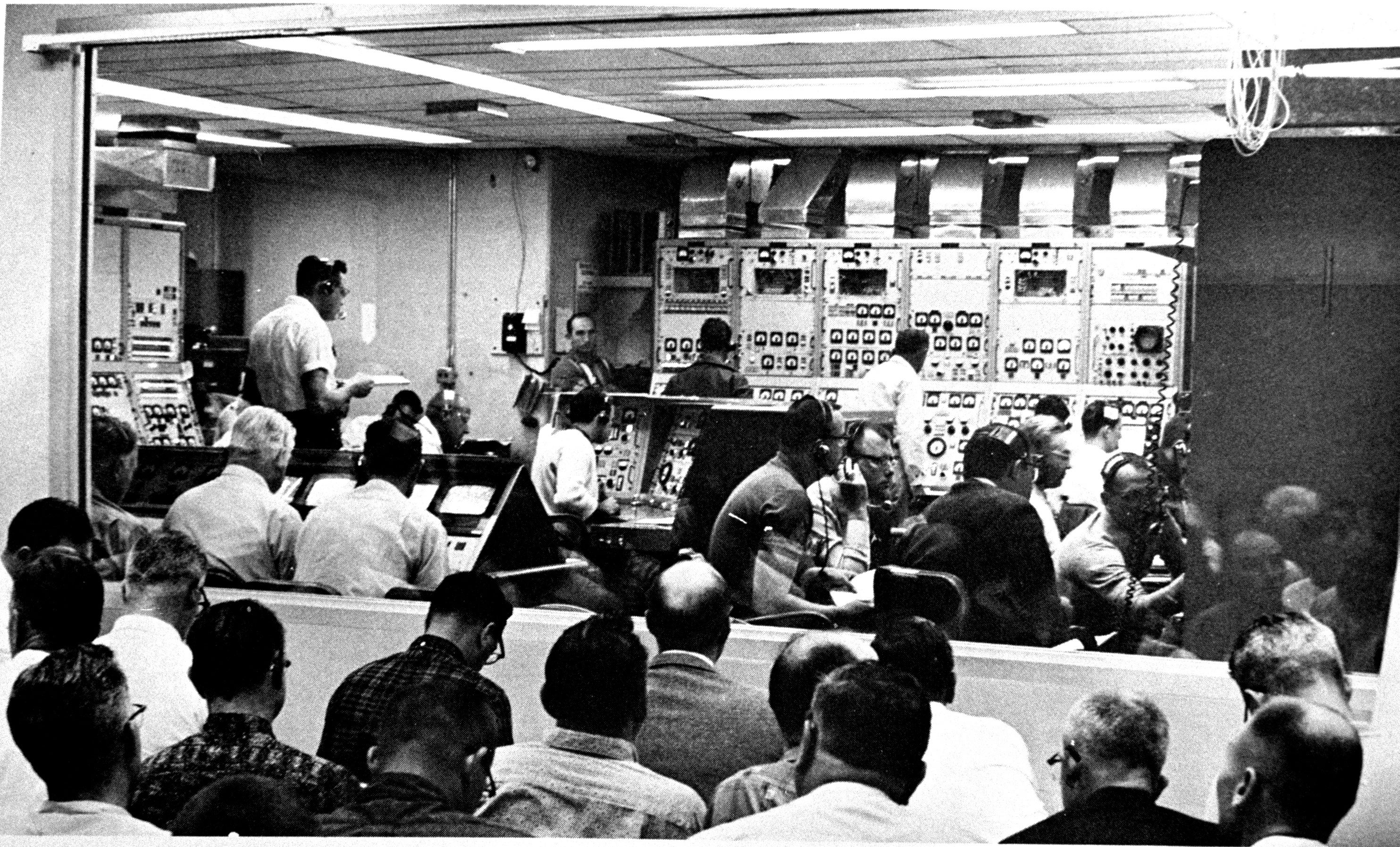
Unlike conventional motors, a nuclear rocket engine requires only one chemical. They do not, for example, need a liquid oxygen tank.
Nerva uses nuclear fission to generate heat. The uranium in the reactor could be kept in a relatively cool state and then fired up when the engine was ready to be used. This was achieved by moving graphite rods in and out of the reactor. With the temperature of the reactor increasing, propellant pumps pump liquid hydrogen past the super heated reactor where it heats up and begins to expand. This hot, expanding gas is eventually ejected from a conventional looking exhaust nozzle at very high speed. The energy gained by the gas as it runs past the reactor has its origin in the process of nuclear fission and not combustion.
In practice, there would be some environmental concerns about launching a rocket with a large amount of nuclear material in the upper stage. What if the rocket exploded or crashed? What would happen to the nuclear material and who would it land on?
Most plans to fly astronauts to Mars assume a flight time of six months but by using a Nerva-like engine based on nuclear fission the flight time could be reduced to less than 100 days. This would dramatically downgrade the medical and logistical challenge of keeping a crew alive for as long as it takes to get to Mars.
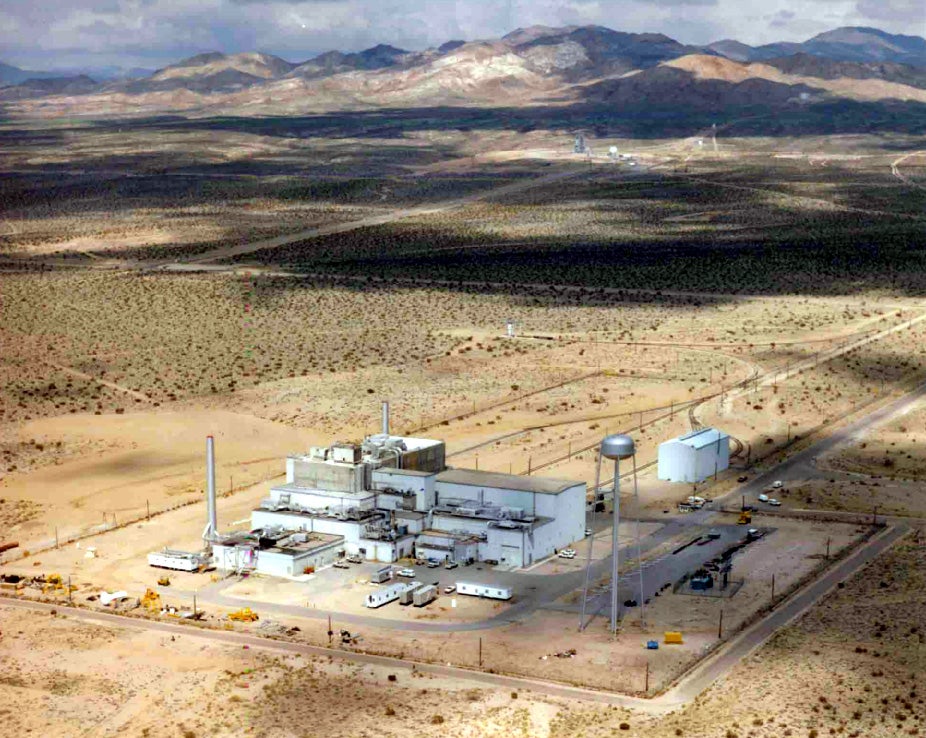
Needless to say, a lot of people would be apprehensive about blasting radioactive material into outer space. Even today, rockets have a habit of exploding during their ascent through the atmosphere and if the payload contains radioactive material, I wouldn’t want to be downwind of the debris. This sort of worry has been one of the factors holding back the advent of nuclear propulsion. For example, plutonium would be the most alarming material to lose track of during blastoff but uranium might provide an even higher temperature to the reactor and be easier to handle.
Uranium 235 would generate tremendously hot reaction with the fuel rods reaching a temperature of over 1,000C. If the propellant for such a rocket was liquid hydrogen then we would then pump liquid hydrogen over the rods where it would start to heat up, very rapidly. On that note, it’s worth remembering that liquid hydrogen is stored at a temperature of -252C, only 20C hotter that what physicists like to call absolute zero.
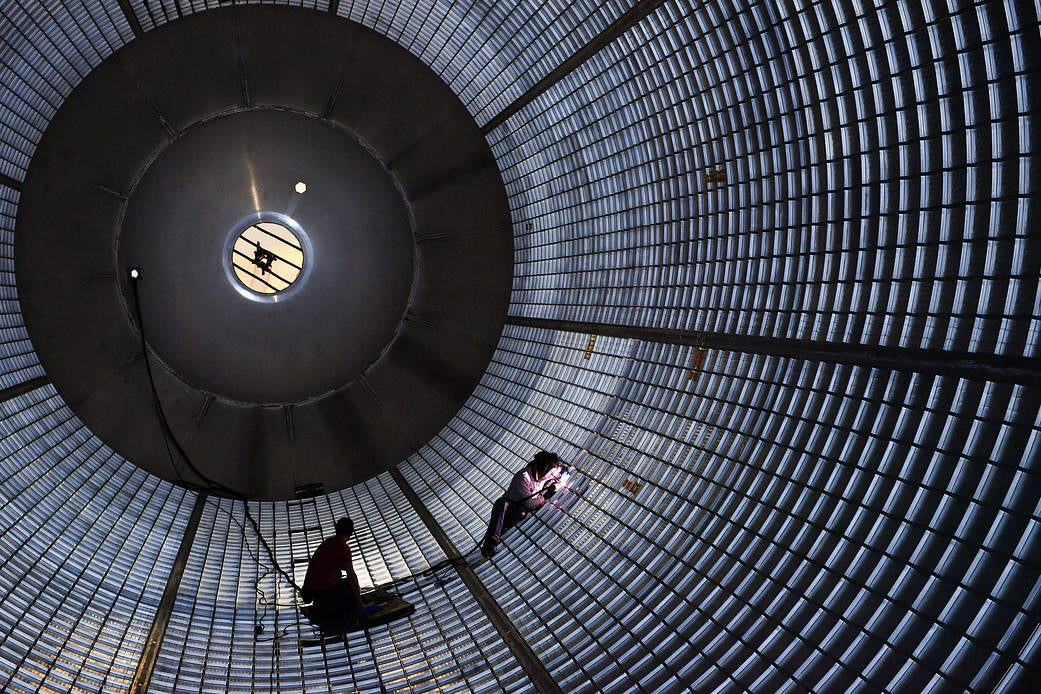
Imagine a frying pan that you have heated up on a stove with no contents (perhaps for too long). Suddenly, you splash a few drops of water onto the frying pan. The under surface of each drop of water evaporates instantly and begins to function like the air cushion of a hovercraft with gaseous water vapour elevating the water droplet and letting it skim over the hot frying pan until it disappears completely. This is how liquid hydrogen will behave when it makes first contact with a nuclear fission reactor.
The good news is that by the time the hydrogen was ejected from the rocket exhaust nozzle it would be at a temperature of around 2,300C. This gas will be very hot and very fast moving. The momentum transfer to the actual spacecraft will be out of this world.
Liquid hydrogen is a colourless fluid that is difficult to store. Most liquid hydrogen fuel tank designs involve a storage tank that is little more than a thermos flask. Most of the material there is there to keep the contents cold and in their liquid form. Unfortunately, hydrogen is a particularly small molecule and can escape from any container through the tiniest cracks. Hydrogen does, however, function well within the nuclear reactor itself, actually modulating the flow of neutrons in a way that works to the advantage of the reactor.
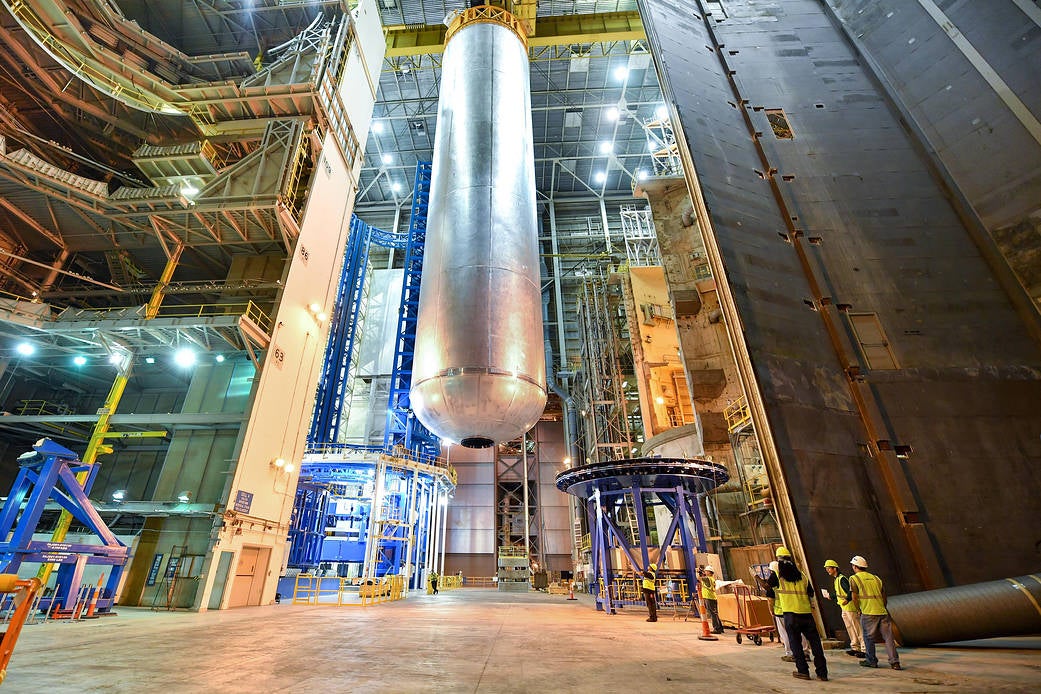
But there are other problems that may yet hold back this kind of tech. Liquid hydrogen is so cold there is a genuine danger that the rods might suddenly crack as the fluid encounters one end of the rod first and suddenly cools it down. By the time the hydrogen reaches the far end of the rods, it will be much hotter and flowing as a fast moving gas. Such fantastical temperature gradients within the same uranium rod may lead to the newly brittle material snapping very suddenly, although in the experiments performed at Los Alamos in the 1960s appear to show that this problem can be overcome. Other scientists have agonised about the possibility of corrosion of the metal wall of the reactor as the liquid propellant runs over it.
A Mars-bound rocket would have to be able to fire its engines repeatedly over a period of a year and many engineers are worried about the feasibility of keeping hydrogen in its liquid form for such a long time. Perhaps for this reason, some engineers believe that methane would make a better fuel. The fictional spacecraft in the movie 2001, the Odyssey was fuelled by a nuclear thermal engine using methane as a fuel. Methane remains liquid below -161C, which is a doddle in comparison to the practical challenges of storing liquid hydrogen.
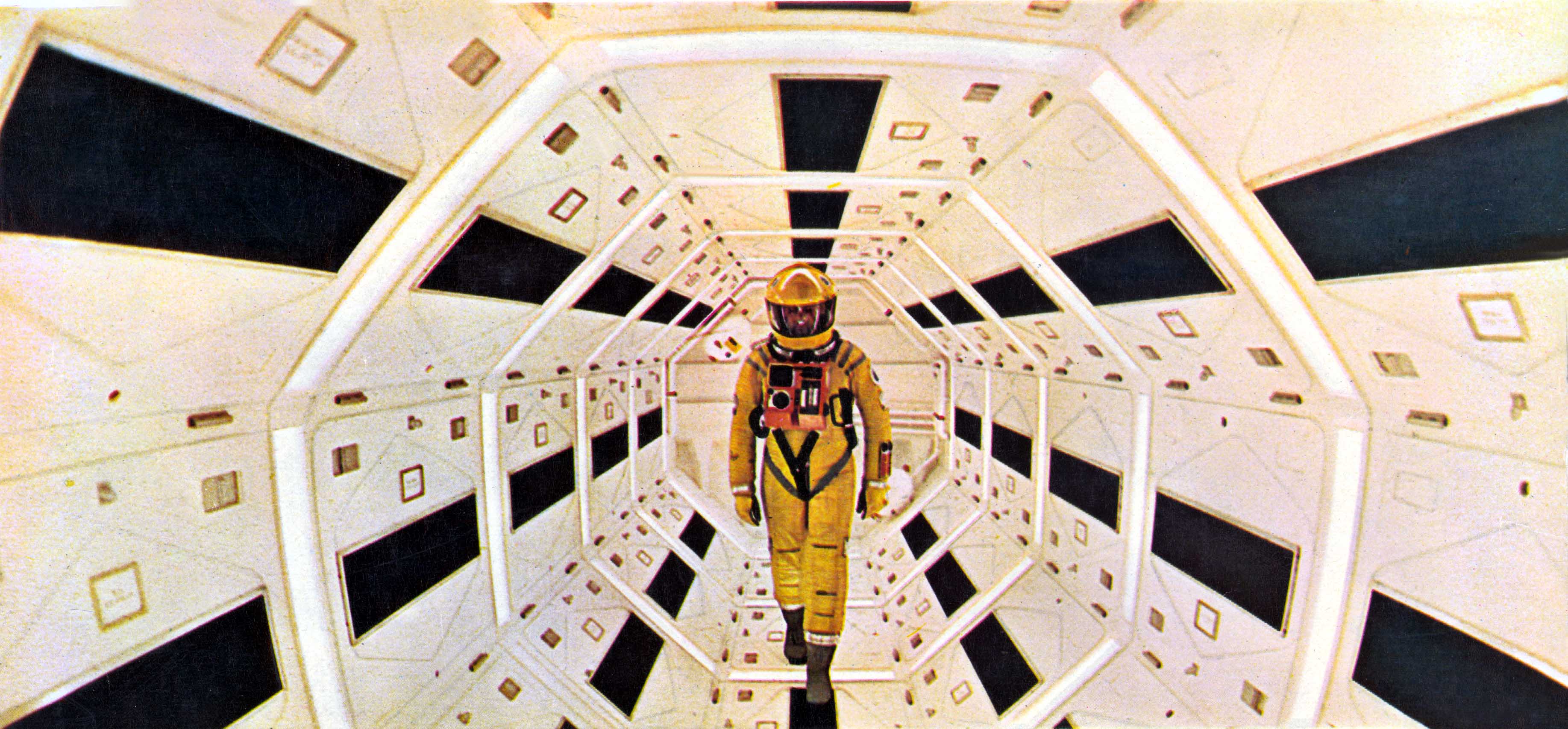
The crew of a nuclear powered rocket would have to be protected from the radiation generated by the engine. Shielding could be an option here but shielding is best done by heavy metals and would weigh down the machine. Many designers have simply opted for putting the reactor some distance from the crew module (perhaps 100 metres or more) with a system of girders running between the two structures and the actual thrust level being relatively mild. If you can increase your distance from the reactor by a factor of 10 then the dose of radiation delivered to the crew falls by 99 per cent.
More recently Nasa revisited the idea of nuclear power for space applications with the Prometheus project at the beginning of the 21st century. It was designed to look at using nuclear energy to explore the moons of Jupiter but as so often in the history of aerospace research, it was eventually cancelled for budgetary reasons.
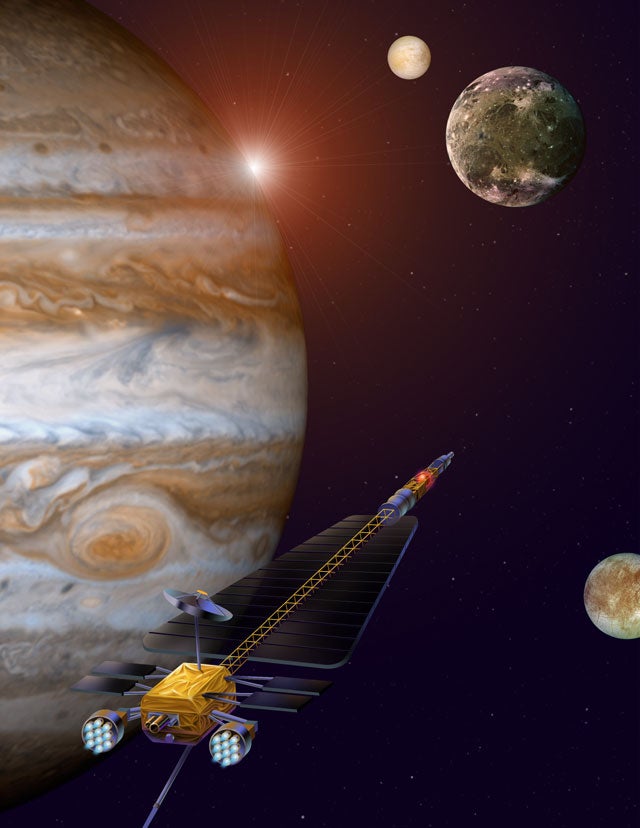
Even for a manned return to the moon a nuclear engine would be very useful not to cut journey times but to deliver more substantial cargo with a rocket of the same size. A human base on the moon is going to take a lot of resources and the logistical challenge of keeping people alive in a lunar environment will be huge.
British researchers are now looking at the possibility of using nuclear power in future rocket engines. This work is in part being done in conjunction with Rolls-Royce, who have been putting reactors into submarines since the 1950s. There will be a lot of kudos to the first team that get a nuclear thermal engine working on a jobbing spacecraft and while it’s hard to imagine that the British space agency will come up with an engine on the scale of Nerva, they might just come up with a working prototype soon.
Nuclear power really could unlock the solar system but it will take investment and a willingness to take risks to make it a reality.




Join our commenting forum
Join thought-provoking conversations, follow other Independent readers and see their replies
Comments